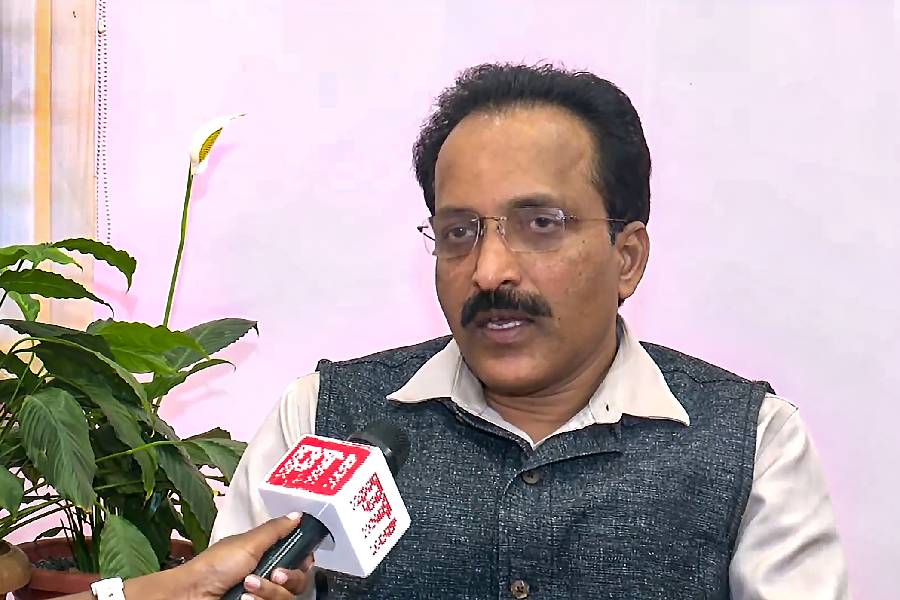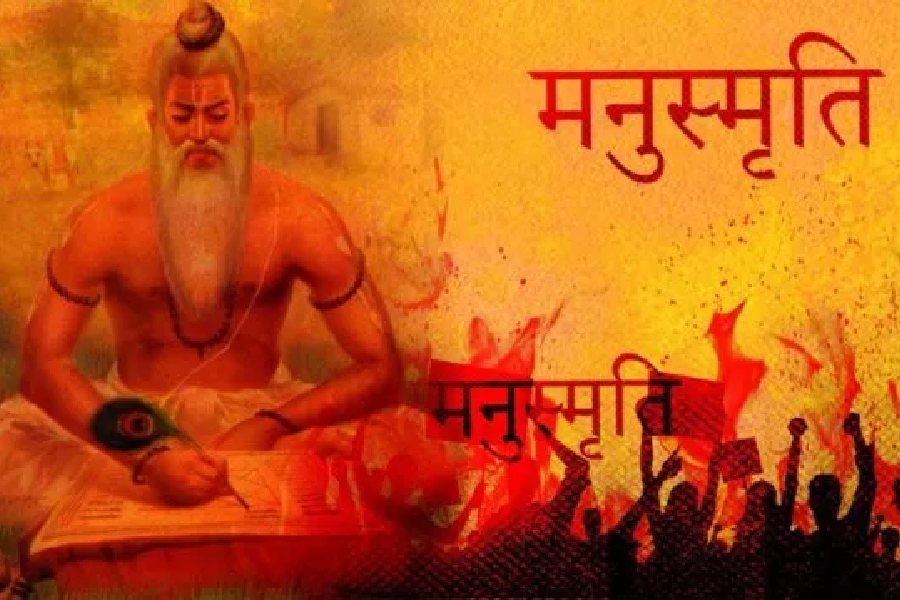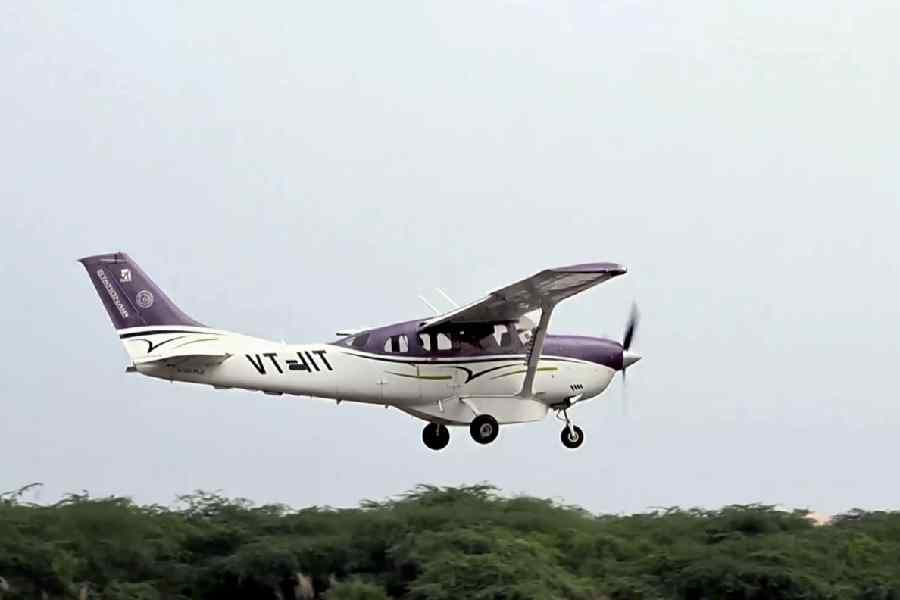Isro chairman S. Somanath on Sunday said space powers were free to choose names, referring to the naming of the Chandrayaan-3 landing spot as “Shiv Shakti Point”.
“It’s not the first time (that a spot) is being named. Lots of places have been named. There are already several Indian names on the moon. There are a lot of non-Indian names also. So, each country can name its own (locations). We have the Sarabhai crater on the moon. It is a tradition to name each spot where any experiment is conducted,” Somanath said in response to a question.
Prime Minister Narendra Modi announced the name on Saturday at an Isro facility in Bangalore, saying the Shiv Shakti Point provides a sense of connectedness from the Himalayas to Kanyakumari and it would inspire future generations to use science for the welfare of humanity.
Somanath, who hails from Kerala, fielded questions from reporters while leaving a temple not too far from Kovalam in Thiruvananthapuram, the state capital.
“I come from a social background of visiting temples and participating in (temple) festivals. I don’t think that has affected (my) science. This is my personal space. My professional space is different,” he said.
“I come here for my personal pursuit of gaining strength. It is part of my mental strength and the spiritual path that I am trying to find. That has nothing to do with the mission,” the Isro chief added.
“I am an explorer. I explore the moon, I explore inner space. So, it’s part of the journey of my life to explore both science and spirituality. So, I come to many temples and read many scriptures in trying to find out our existence and our journey in this cosmos. So, it’s part of the culture that we are all built to explore (and) find our inner self as well as outer self. For the outer, I do science, for the inner, I come to temples,” Somanath told ANI after visiting the Pournamikavu Bhadrakali Temple.
A temple official told this newspaper that Somanath arrived around 10.30am and was accorded a ceremonial welcome by the priest. The temple website says it is also called “Akshara Devatha temple because of the consecration and worship of all the 51 idols of Akshara devathas for the first time in the world”.
Somanath said some “interesting” data had been received from experiments conducted by the Pragyan rover of the Chandrayaan-3 Mission.
“The data we have received from two experiments by the rover is very interesting and hitherto unknown to the world. Our scientists will talk to you about it in the
coming days,” he told the reporters.
“It will take a lot of time to convert this data into science since several gigabytes of data are going to land in our computers. We can arrive at any conclusion only after scientists study this data. As you know, Chandrayaan-1 found water on the moon. But the scientists figured out the presence of water only after six months (after receiving the data),” Somanath pointed out.
The data being received from the Chandrayaan-3 Mission would be analysed by a principal investigator with teams of 10 to 20 scientists. “It will be good if we can find something at the earliest,” he said.
“There is a possibility of making a lot of discoveries out there since it is an area yet to be explored. So it is of interest to science, which is the reason why we decided to go to the south pole,” he added.
Somanath expressed hope of restarting the lander and rover after a 14-day blackout when the two would have to endure extreme cold weather. “The Chandrayaan’s lander and rover will switch to sleep mode once the sunlight goes after 14 days (since its landing). While we cannot sing a lullaby, we will switch them into sleep mode through the software on the onboard computer, quite like how our computers go into sleep mode.”
The lander and the rover are programmed to try and kick-start themselves at the end of the 14-day hibernation. “We will be lucky if they automatically switch on and give us another 14 days. But there are plenty of risks since the battery and even the electronic circuits could die because the temperature (during the blackout) would be 150 degrees below the temperature of ice (freezing point),” Somanath said.
He revealed that the on-board cameras on the lander and rover have been transmitting a lot of pictures, but most of them are unclear due to the shadow on the moon.
“We took a lot of pictures, but many of them are not very clear because of the shadow on the moon which is not like the shadow on the earth. Since there is no atmosphere (on the moon), the shadow is very dark. We are trying to take pictures by changing the orientation (of the cameras),” he said.
Somanath alluded to how the initial failure of Chandrayaan-2 fuelled the success of the follow-up mission. “The reason for the confidence was that we failed the last time. If you look at the history of the past projects, you can see the first launch of PSLV was a failure. It has since never failed. The first launch of SSLV was a failure but the second one was successful. Chandrayaan was also like that.”
“Failures have a secret. A failure would have been caused by some reason but it will open up several options before you.... The information we get with an actual flight is something that we will never get with any kind of test. That is the reason why the chances of success are very high after a failure,” he added.












